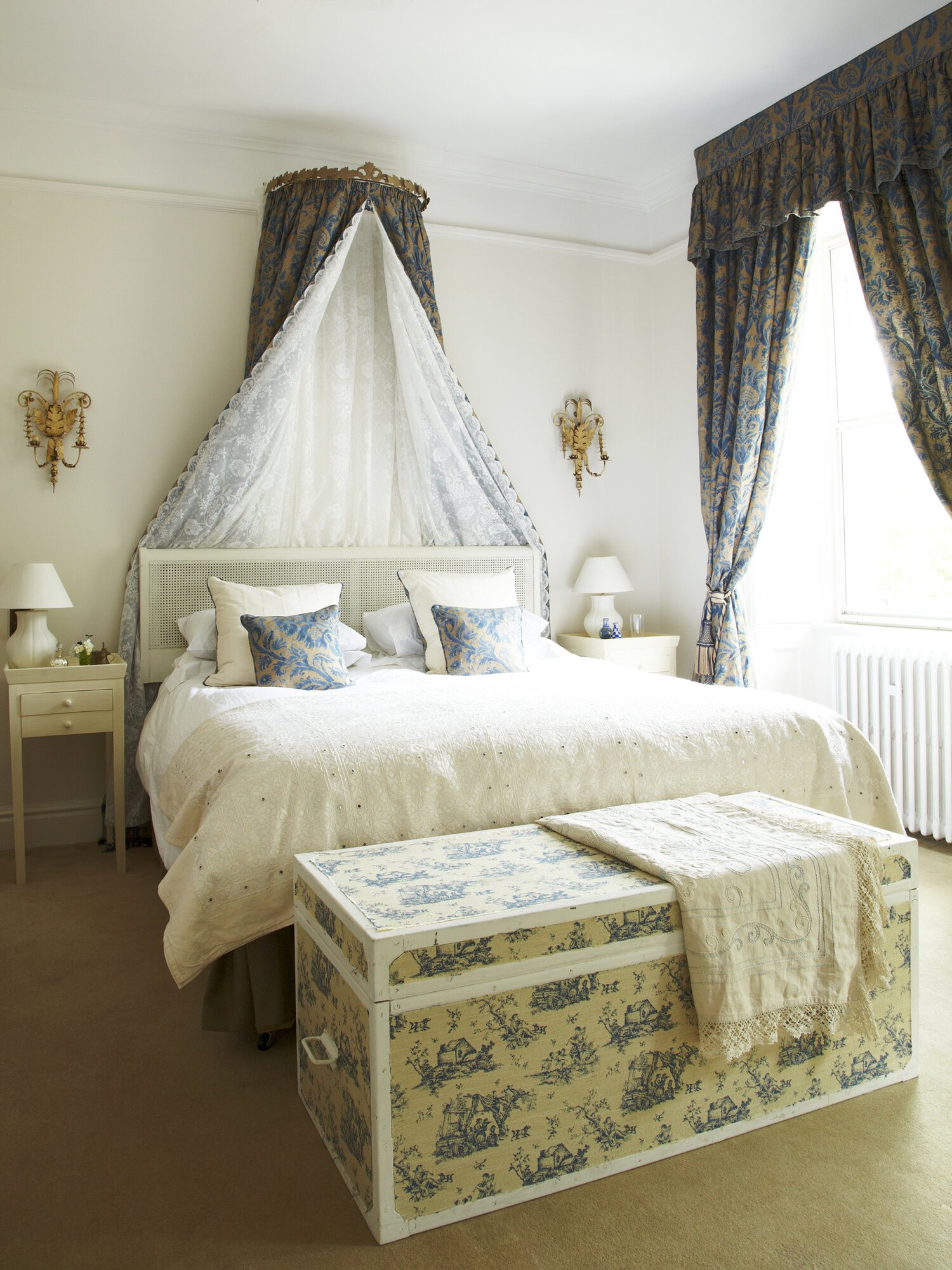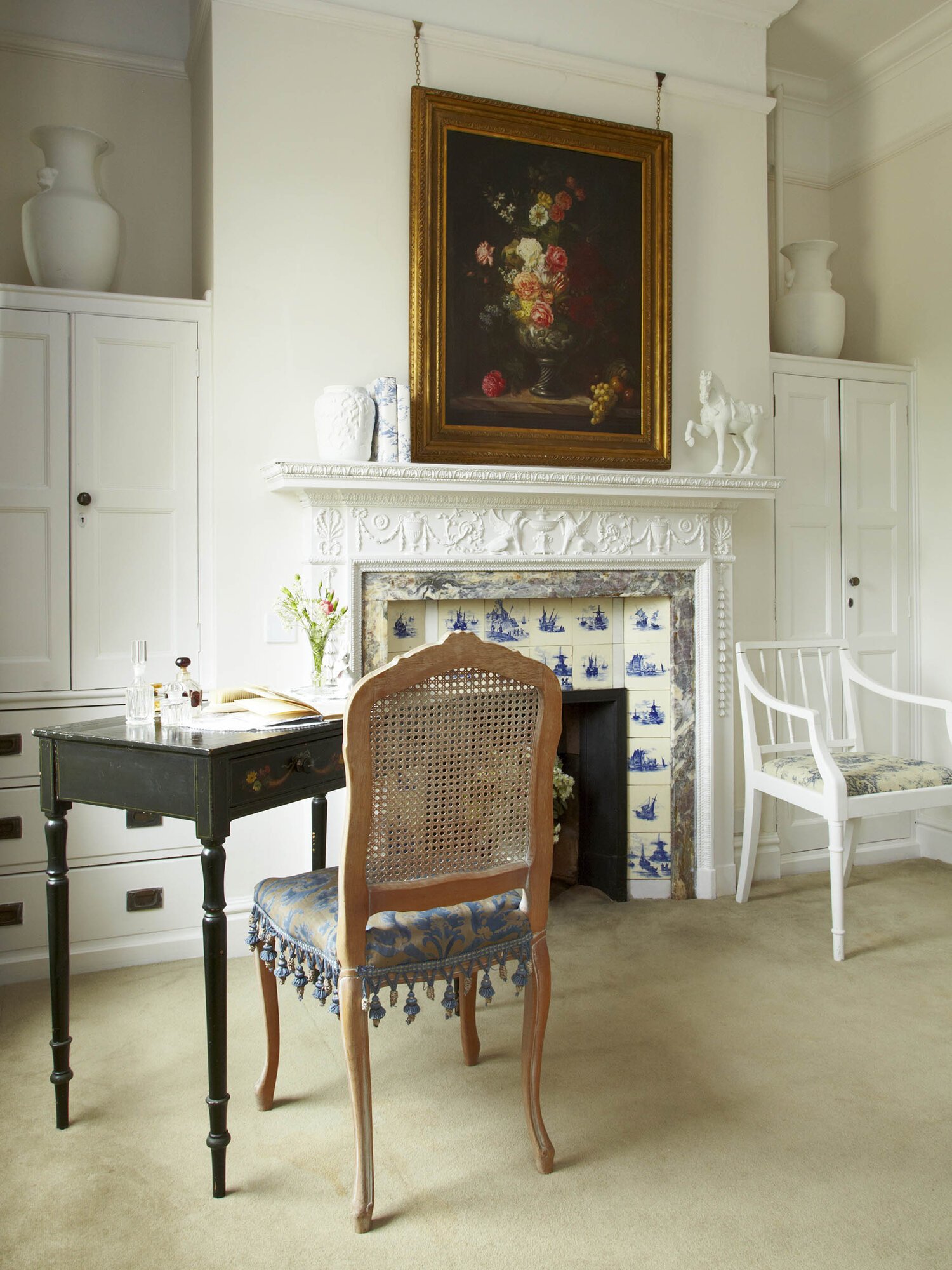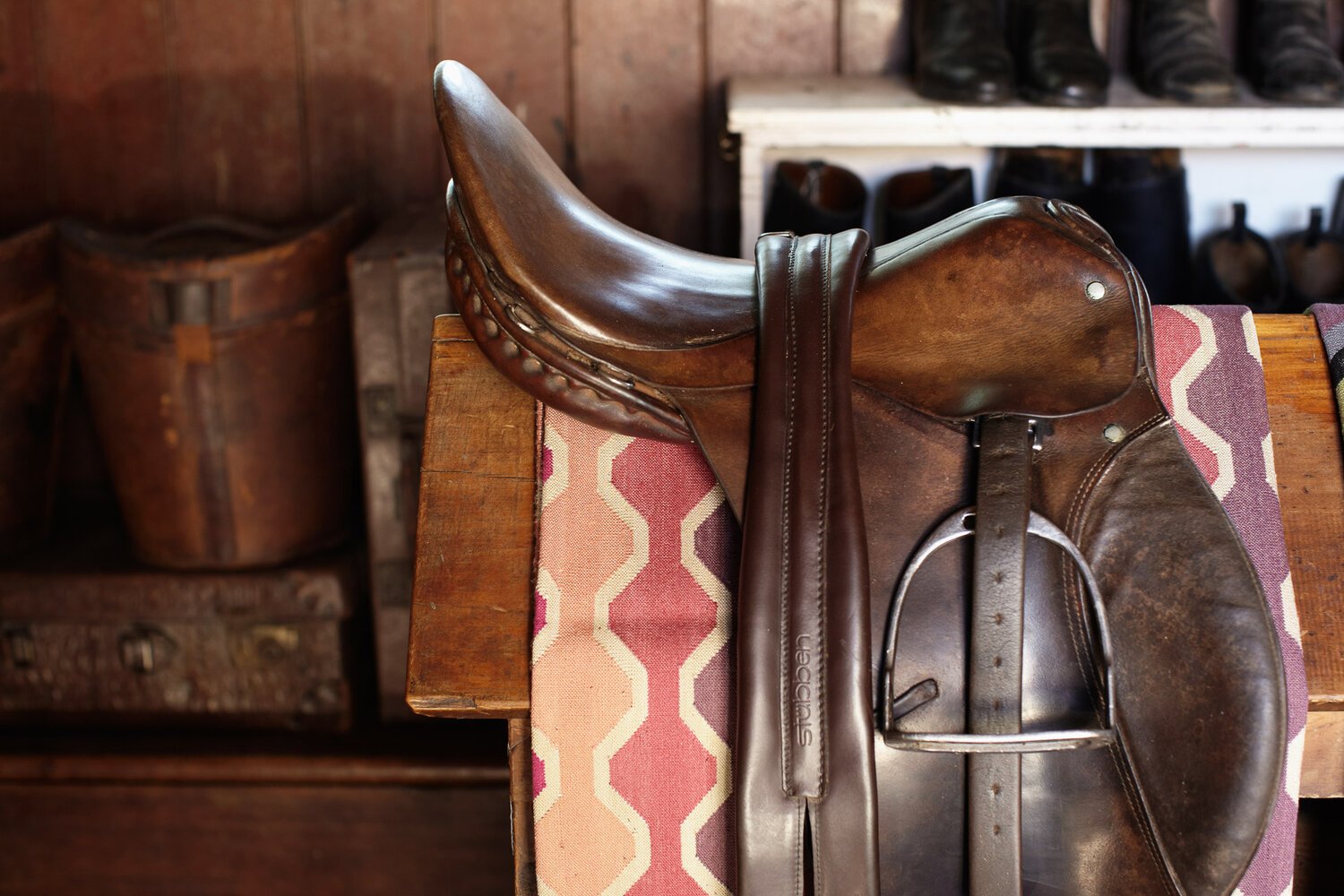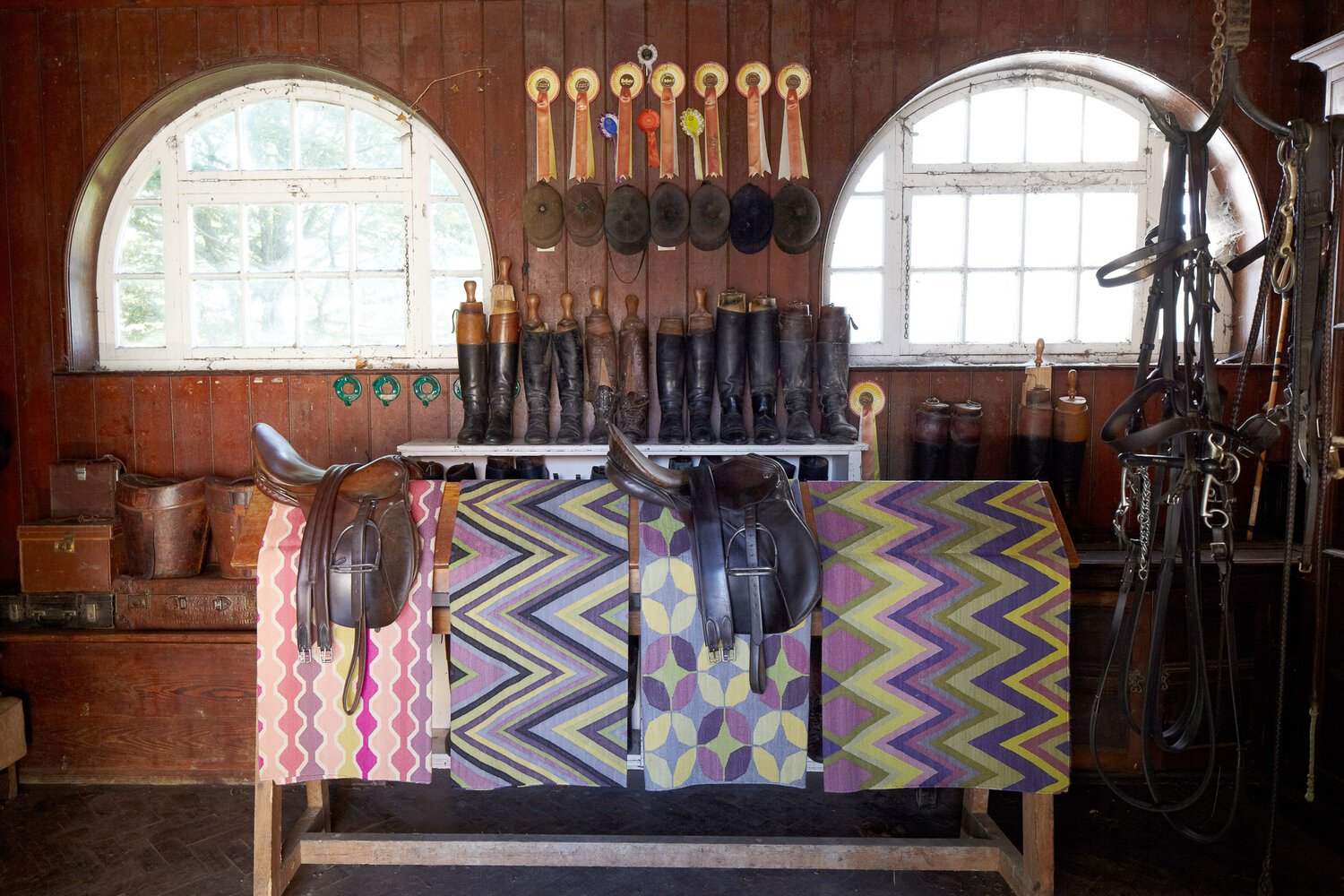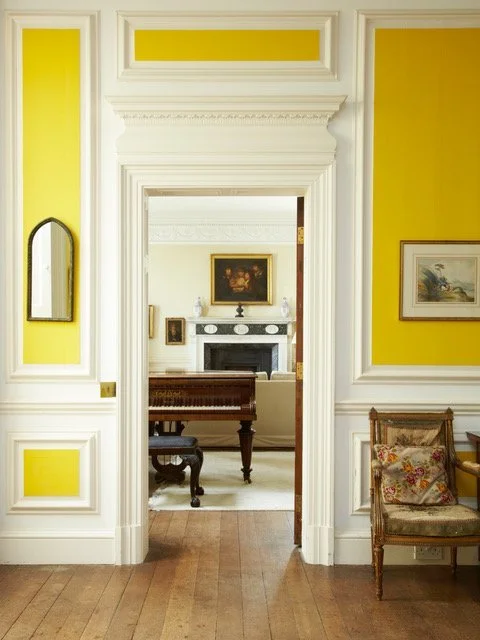Inside Boutique Hotel Interior Design
At Woolf Interior Architecture and Design, we design and provide hotel consultancy on many different types of hotels, from show-stopping 5 star hotels to luxurious boutique hotels, in both the UK and abroad.
In this article, we’re looking at the world of boutique hotels: examining what a boutique hotel is, the differences between boutique and small luxury hotels, and how exceptional hotel interior design can elevate the entire brand to create a successful hotel business.
What is a boutique hotel?
As a general rule, a boutique hotel will host up to 100 rooms and often have a handful of beautiful public spaces that house bars, drawing rooms or communal outdoor areas. For communal areas in small luxury hotels, it’s essential the hospitality design ensures that the spaces are both stunning and functional as they may be used by hotel guests and general public, and the interior design will be essential to the marketing of the boutique hotel.
Boutique hotels are generally categorised as smaller scale hotels, that often feel intimate and quaint as a result. Though small, they are sophisticated and fashionable, and usually feature a strong artistic sense with a focus on characterful interior design and tailored personal experiences.
Most boutique hotels will communicate a sense of ownership for the duration of the stay. Recently, the appeal of a boutique hotel seems to lie in a curious combination of being both discrete and intimate, while providing guests with Instagram-worthy spaces.
Shareability’ of a boutique hotel
Designing in the ‘shareability’ of hotel interior design is a strategy we place high on our list to secure ongoing marketing and PR for the brand. As guests share their stays on social media, the professional interior design interpretation of an instagrammable space is an investment that pays off in the long run.
At WOOLF we carefully consider from the outset the marketability of a project when creating a design and social media focus in a boutique hotel design project. Contact the studios here to find out more.
See the full project here at Poundon House.
Guests frequently choose a boutique hotel for a ‘home-from-home’ experience that can offer a more intimate service with fewer guests. The ethos of being ‘taken care of’ or ‘the care and attention taken’ is of greater importance in a boutique hotel, contrasted with large scale hotels with hundreds of guests at any given time, which will be more experience and services led. Luxury boutique hotels will hone the demographic requirement of its guests to offer them personally-tailored services that reflect their individual lifestyle aspiration.
To see some of our boutique hotel design projects, visit our hospitality design portfolio here.
What is the difference between a luxury hotel and a boutique hotel?
While boutique hotels need to provide a home away home feeling, large or small luxury hotels provide the opportunity to live beyond the way guests ordinarily would live. This involves personalised services and luxury signature design.
There are several main design differences between luxury hotels and boutique hotels:
WOOLF consulted on Glin Castle’s boutique hotel design, which you can view here.
Personalisation
When considering luxury hotel design versus boutique hotel design, the main difference is often the level of personalisation. For luxury hotel brands we are predominantly communicating the brand value over the personalisation of each space. In a boutique hotel, we create a unique selling point that sets the brand apart from other boutique hotels in the region.
Individuality
A luxury hotel is usually a much larger scale design concept. A great interior architect or interior designer will create a series of differentiated room designs, with enough repetition to ensure that units can be replicated easily and cost-effectively. Conversely, in a boutique hotel interior designers usually design one-off rooms that are unique, working more in tandem with the building itself.
Multifunctionality
Often due to size, we have to design spaces for boutique hotels that are multi-functional, for example, a bar space that is also a dining or breakfast room. We have to consider how to design multifaceted uses for each room. In luxury hotel interior design, we tend to have designated rooms that are designed for single or dual use, which means we can capitalise on the look and feel of that space, making each space distinctive.
When boutique meets luxury, a hotel can offer distinct personality and intimate experiences. One of our hotel projects in Oxfordshire, Poundon House, does just that:
Offering experiences such as horse riding is just one of the ways a boutique hotel such as Poundon House makes their guests’ stays memorable.
An example of one of our boutique hotel design projects: Poundon House, Oxfordshire
Our wealth of specialised design experience and interior hotel consultancy was essential when designing the historic luxury boutique hotel, Poundon House in Oxfordshire. By drawing upon the heritage of the house and the owners, our design allows customers to feel as if they are the owners of a small but grand old manor house in the Oxfordshire countryside for the duration of the stay. Creating this feeling through interior design is key when creating a successful boutique hotel brand.
Though this is a boutique hotel with a ‘home from home’ feel, it is also a luxury hotel. We married the two concepts by adding additional services offered by a small luxury hotel; we designed captivating spaces that would allow for the luxurious pleasures of guests who could sit by cosy fires making their own cocktails, join a yoga class or book a personalised massage.
This particular boutique hotel offers a large group of family and friends drawing rooms and parlour rooms to gather within a dream setting where guests can have a swim, engage in the local culture and eat the very best local produce without the burden of the catering or clearing up!
Creating a visual brand identity in luxury and boutique hotels:
Visual identity plays an important role in creating an overall brand identity, and interior design is fundamental to expressing your hotel's perceived value. The visual identity of a hotel will also shape the marketing content the brand can create, from Instagram posts of the interiors, to YouTube videos of tours, to stellar website design featuring images of each room design. Repetition and consistency will help ingrain the design concept into the minds of customers.
An often overlooked, but highly effective way to build a special connection with guests is through sensorial identity; the scent of fresh croissants in the morning might convince a guest not to skip breakfast, or replacing the complimentary chocolate by a local delicacy may create an extra connection with your surroundings, even the choice of toilet paper can have unexpected effects on your guests' wellbeing. We discuss more of the ways sensory experiences ingrained in interior design can elevate a hotel to luxury, 5 star standards here.
To see some of the luxury and boutique hotel projects we’ve worked on, visit our hospitality portfolio page. To discuss a hotel project that we can collaborate on or support with hotel interior design consultancy, contact our residential and hospitality design studios in Bath and London here to arrange a complimentary consultation.




